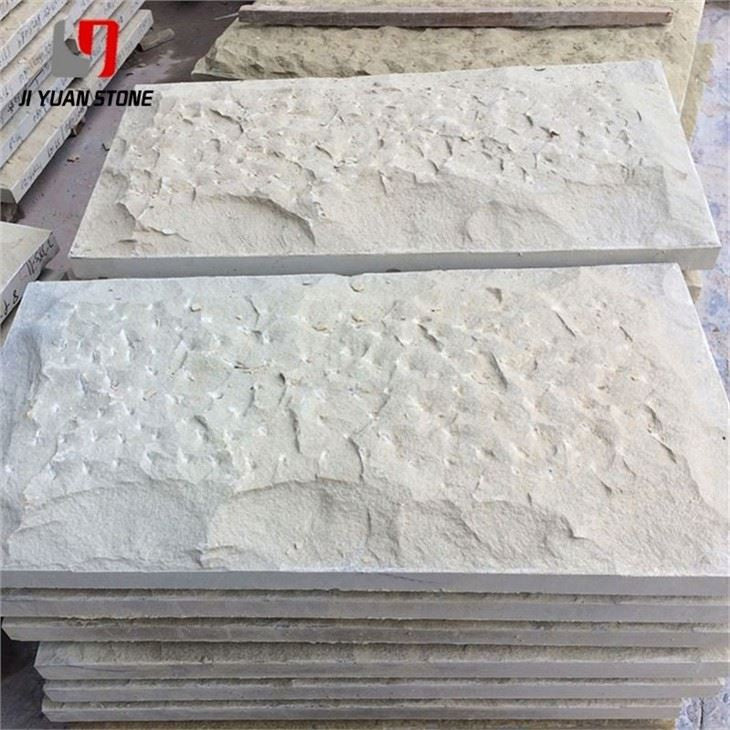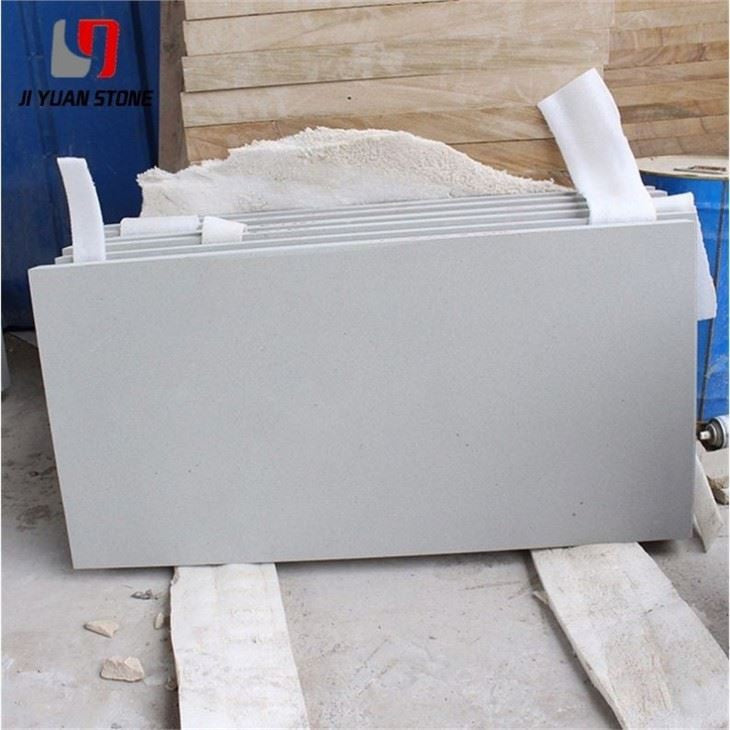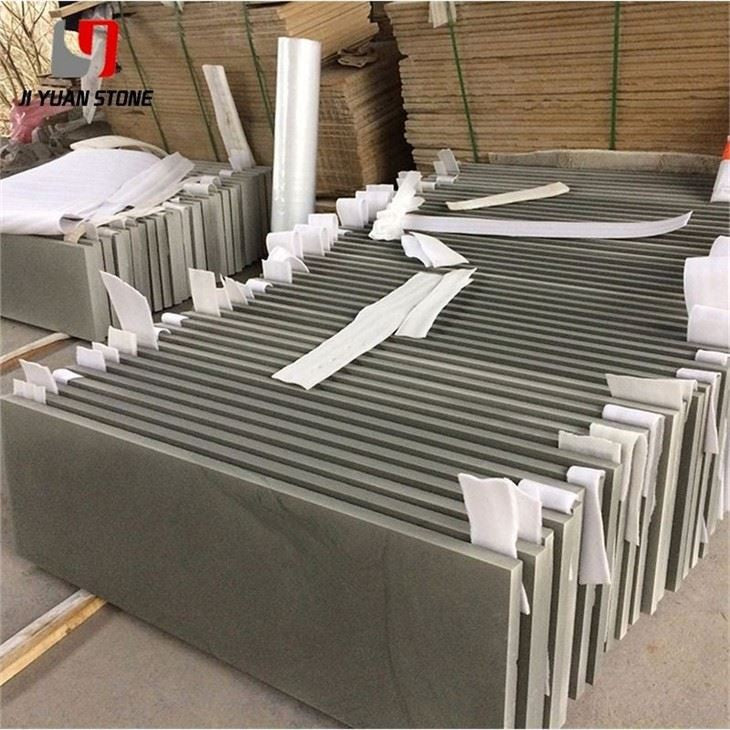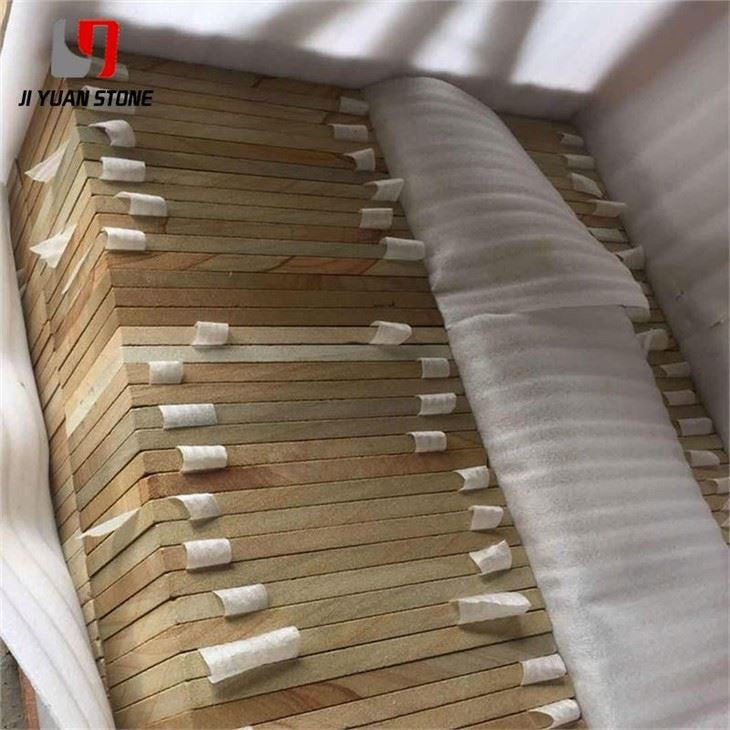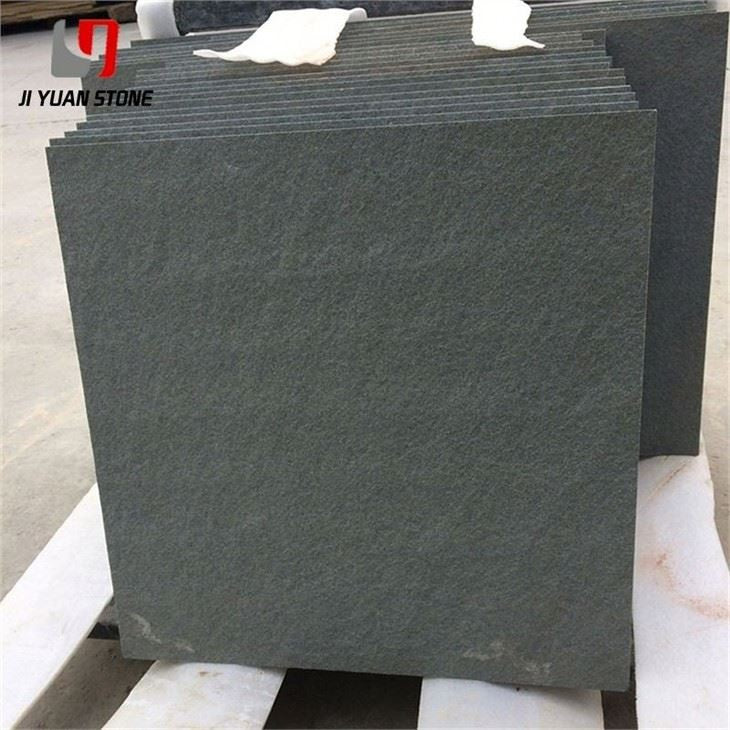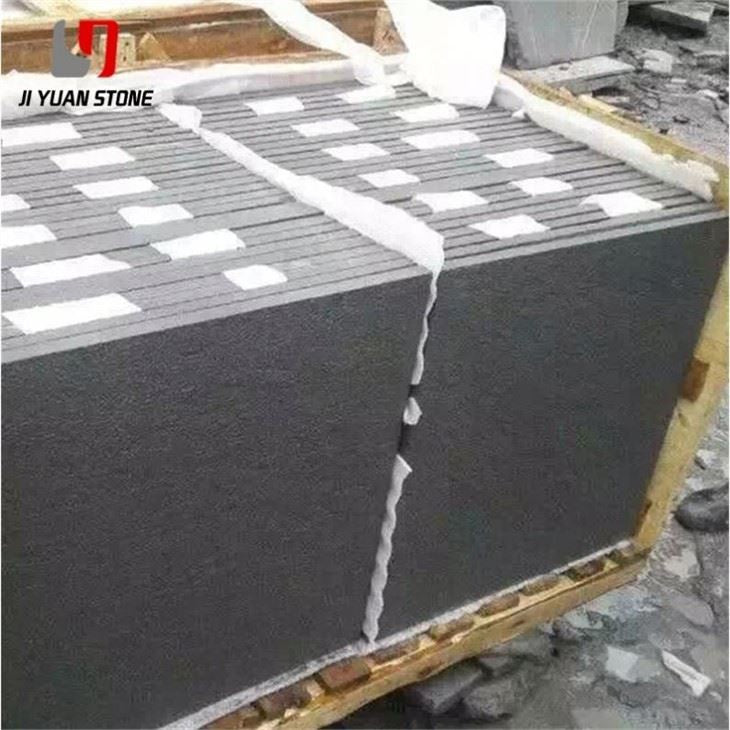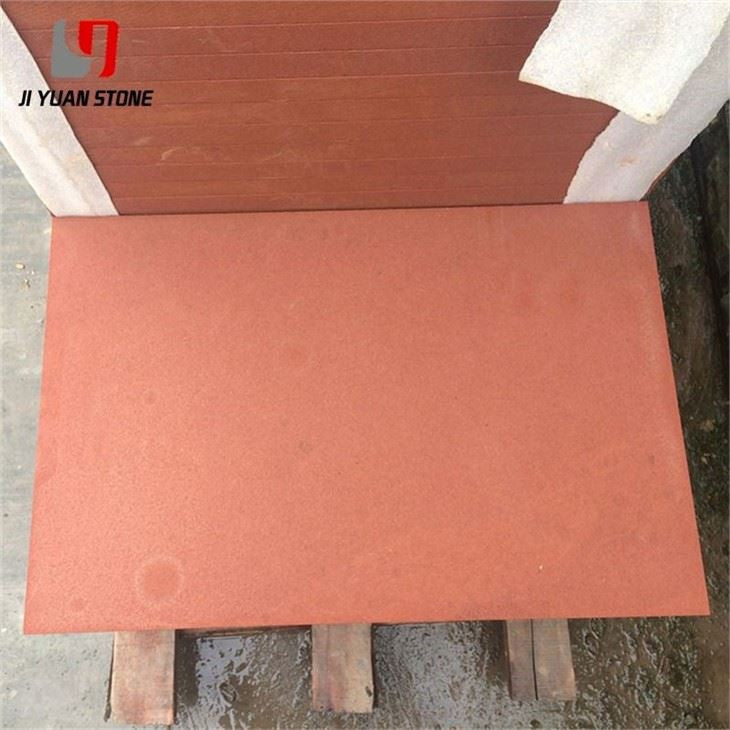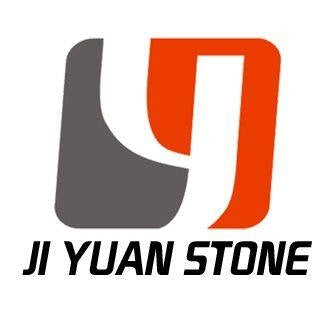Natural Sandstone Wall Tiles
Natural Sandstone Wall Tiles
Enhance the look of any space with our Natural Sandstone Wall Tiles. Made from high-quality and durable sandstone, these tiles add a touch of natural beauty to interior or exterior walls. With its unique variations in color and texture, each tile is one-of-a-kind. Transform your space into a stunning work of art.
| Feature | Details |
|---|---|
| Materia | Natural Sandstone |
| Surface Finished | Honed,Flamed,Bush-hammered,Brushed,Nature,Mushroom,Sawn etc |
| Finished Products | Floor tiles, Wall cladding, Countertops, Windowsills, Special-shaped tiles, Small slabs, Swimming pool, steps, wall panel, flooring, veneers, slabs, coping tiles, etc |
| Color | Yellow,black,white,red,purple wood,green,grey,rainbow etc |
| Name | Sandstone for Slabs and Tiles |
| Our Advantage | "Own Mine"+"Factory Price"+"High Quality" |
| Product size |
|
| Thickness | 10mm, 15mm, 18mm, 20mm, 30mm, 50mm, 100mm, etc. |
| Applications | Tiles, Wall cladding, Flooring, Countertops, kitchen tops, Vanity tops,random, carvings columns , slab,etc |
| Tolerance | Be calibrated from +-1-1.5mm |
Issues with Loose Natural Sandstone Wall Tiles and Marble Alkali Reversion
In stone renovation projects or stone maintenance, one of the most common and frustrating problems is marble alkali reversion. Many times, even after thorough cleaning, the alkali stains return within two to three days, affecting both appearance and cleaning quality.
Additionally, natural sandstone wall tiles present another issue:
- They easily shed powder and sand over time.
- Their frizzy, porous surface tends to trap dirt.
Despite these challenges, the use of natural sandstone wall tiles in modern architectural and interior design is steadily increasing.
Understanding Marble Alkali Reversion
Before analyzing alkali reversion, it’s important to understand marble’s composition:
- Marble Formation: Marble is a metamorphic rock, formed under high temperature and pressure in the Earth's crust.
-
Main Components:
- Calcite (CaCO₃) – Colorless/white; the most common natural calcium carbonate mineral.
- Serpentine – Magnesium-rich silicate minerals, appearing in green, yellow, white, brown, or black.
- Dolomite (CaMg(CO₃)₂) – Contains calcium and magnesium carbonate; hardness ranges from 3.5 to 4 (MOH scale).
Why Does Alkali Reversion Occur?
The issue arises when moisture and pressure push salts such as:
✔ Calcium carbonate
✔ Calcium hydroxide
✔ Sodium carbonate
✔ Magnesium carbonate
These salts travel through the stone’s pores to the surface. When the moisture evaporates, the remaining salt deposits create white alkali stains.
Effects of Alkali Reversion on Marble:
- Water stains form after drying
- Powder residue sticks to the surface
- Crystallization process causes surface corrosion
- Stone begins to fade
Addressing Loose Natural Sandstone Wall Tiles
Compared to marble, natural sandstone wall tiles face a different issue:
- Powder shedding weakens structural integrity.
- Dirt accumulation affects cleanliness and aesthetics.
- Surface protection and sealing are crucial to maintain durability.
By understanding these underlying causes, professionals can implement better protective measures, reduce maintenance frequency, and preserve the beauty of natural stone surfaces for the long term.
Share
